- Home
- Home Ventilation
- Benefits of Ventilation
The Benefits of Home Ventilation
The benefits of home ventilation are quite often misunderstood, so I thought I’d take this opportunity to try and explain them.
Unless your home is very modern and built to an extremely high standard it’s likely to be fairly leaky. By this I mean there will be gaps in the structure where draughts will get in. For example around your letter box, window frames or doors, under front and back doors, through floor boards and sub-floor vents etc.
The list is endless, and when I talk about draughts I don’t necessarily mean howling gales that mean you can’t heat your house. I mean very subtle draughts that you may not even be aware are there.
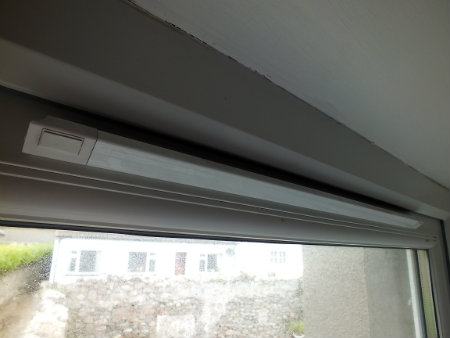
Why Do We Need Ventilation:
Believe it or not ventilation is an essential part of the well being of our homes and ultimately us as we spend so long in them.
Good ventilation means we can:
- Control the amount of air changes in our home.
- Reduce the chances of getting black mould.
- Reduce volatile organic compounds (VOCs) - nasty chemicals given off from carpet, paint, chemicals in smoke, carbon monoxide and soot etc.
- Reduce smells from cooking, cleaning chemicals, solvents, pesticides, pet smells, tobacco etc.
- Avoid the accumulation of stale air.
- Reduce the chance of condensation forming in our homes as a direct result of cooking, washing, drying clothes etc.
- Reduce the risk of allergies from dust mites, pet hair, pollen etc.
- Improve the air circulation in our homes; and no, one or two extractor fans in your bathrooms won’t get you good air circulation.
- Ideally bring in fresh filtered air.
As we’re discussing the benefits of home ventilation it’s important to talk about the different categories of ventilation from uncontrolled to controlled, and my own sub category (almost controlled). The margins between uncontrolled and controlled are blurred which is why I’ve added my own “almost” controlled section.
Uncontrolled Ventilation:
This is where your ventilation is limited to draughts through your structure.
"Almost" Controlled Ventilation:
This type includes ventilation systems that appear to offer an element of control but ultimately cause uncontrolled ventilation elsewhere.
Examples of "Almost" Controlled Ventilation:
- Trickle vents - these little vents are cut into your window frames and normally have a little flap which you can open and close. You can’t turn them up or down and they don’t filter the air.
But unless you install a dedicated ventilation system Building Control will insist that they’re present in order to achieve the required air changes under Building Regulations. - Extractor fans in your bathroom or kitchen - Standard extractor fans have a timer but that’s about it. They come on when you turn on the bathroom light and turn off a short time after the light is turned off.
- Then there’s the humidity sensing extractor fans which are much more clever as they monitor humidity. Once they detect it they switch themselves on and only turn off when the humidity level has gone down.
The downside of both these and standard extractor fans is that they control the air being pushed out of your house. But this causes negative pressure inside your home which draws air in through the fabric of your building, and that’s “uncontrolled” ventilation.
Hopefully you’re still with me, it can get a little complicated but the basic theory is pretty straight forward. To have truly controlled ventilation you need to control both the air leaving your home and the air coming into your home as both these aspects need to balance each other. - Positive Pressure Ventilation - this involves placing a small fan unit in your loft which blows filtered air into your home (causing positive pressure) and forces stale air out through the gaps in the fabric. This is a little closer to being controlled but they don’t recycle the heat in the air and the filters are pretty basic.
Controlled Ventilation:
Probably the ultimate solution to domestic ventilation is mechanical ventilation and heat recovery (MVHR). These systems control the air coming into and the air exiting your home. It even recycles the heat via a domestic heat exchanger, so you have a constant supply of warm fresh air coming into your home and stale cold air is constantly being removed
It sounds complicated, but it’s not that bad. Read more on whole house ventilation and cross ventilation here.
If you have draughts, your ventilation is not controllable as you can’t decide when to have the draughts on or off and you can’t control the volume of air the draughts allow into your house. If this is you, here's a link to my article on airtightness and how you can make simple changes to improve it.
Should You Draught Proof Your Home?
Throughout this article on the benefits of home ventilation I've spent a lot of time talking about draughts being uncontrolled ventilation. You should only draught proof when you have or have installed adequate controlled ventilation systems.
If you were to simply seal up all the draughts in your home without having adequate controlled ventilation you’d quickly realise that your home’s air quality would deteriorate and you’d likely suffer from condensation related issues amongst other things.
The Benefits of Home Ventilation - Conclusion
Now that we’ve established the benefits of home ventilation hopefully you’ll see that getting good quality controlled ventilation into your home is extremely important.
By improving the airtightness in conjunction with good controlled ventilation you should see the running costs of your home drop while the comfort levels rise, provided it's correctly fitted and used in conjunction with good levels of well fitted insulation.
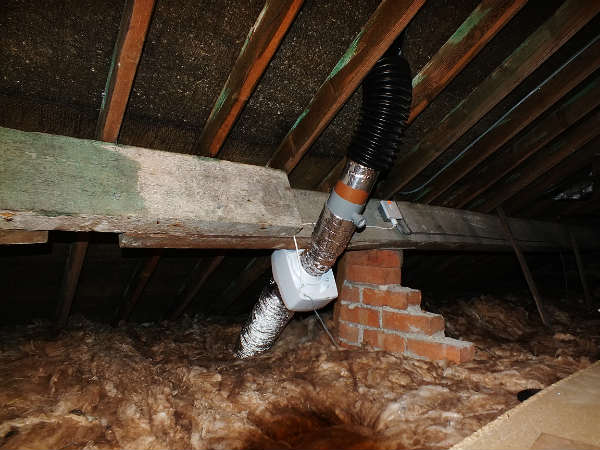
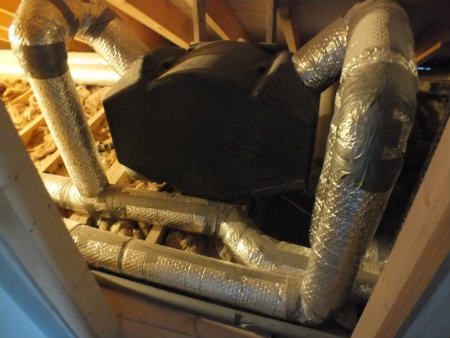






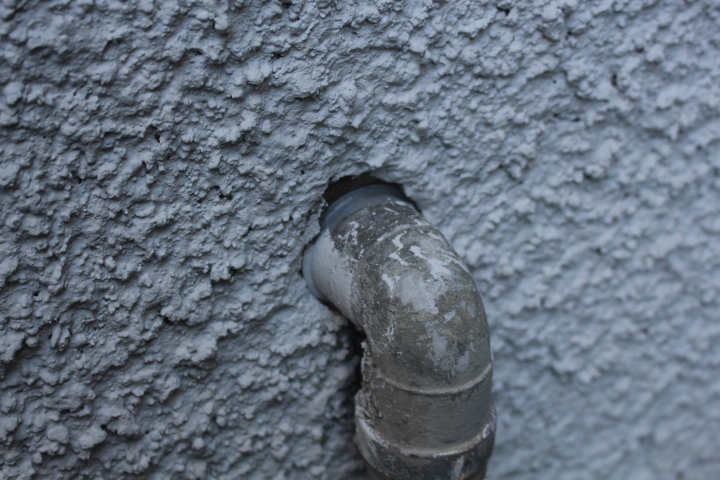


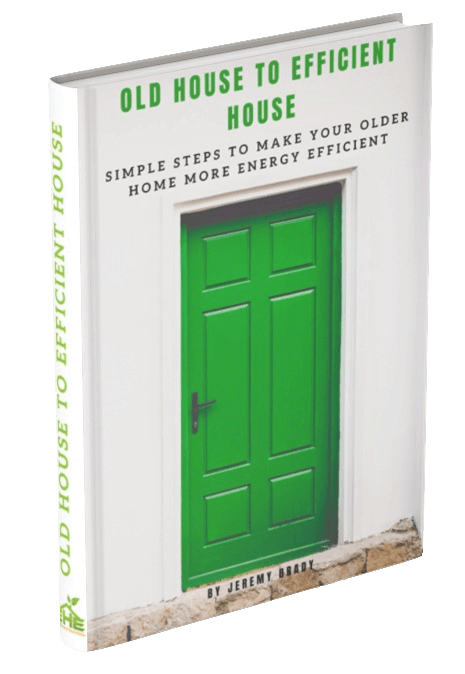




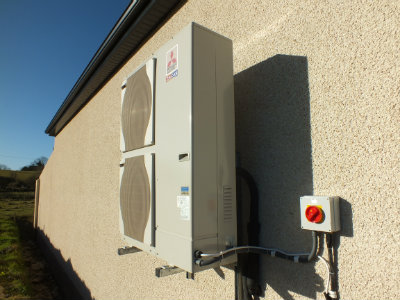
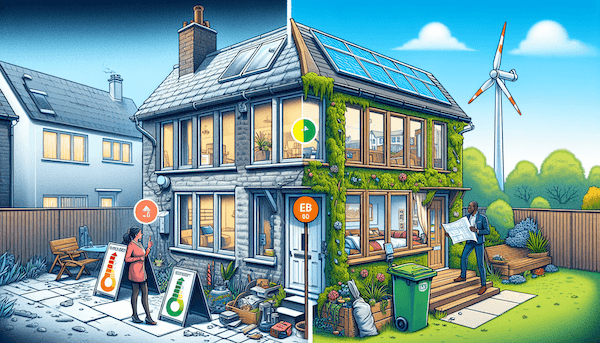
New! Comments
Have your say about what you just read! Leave me a comment in the box below.